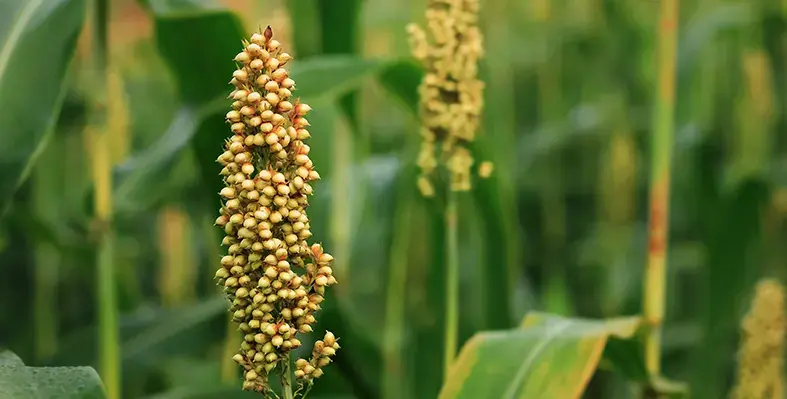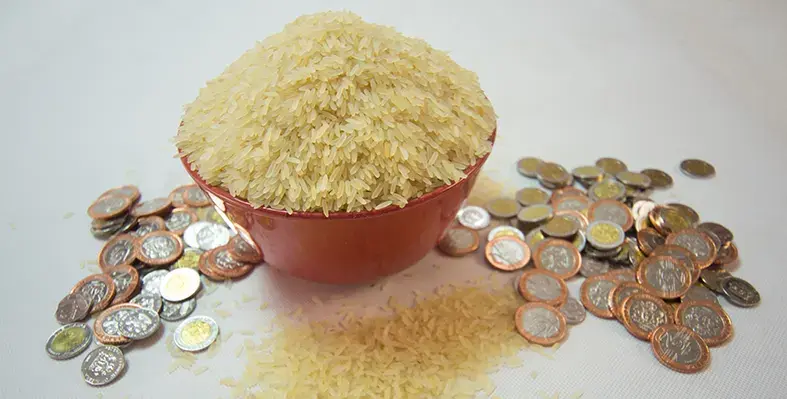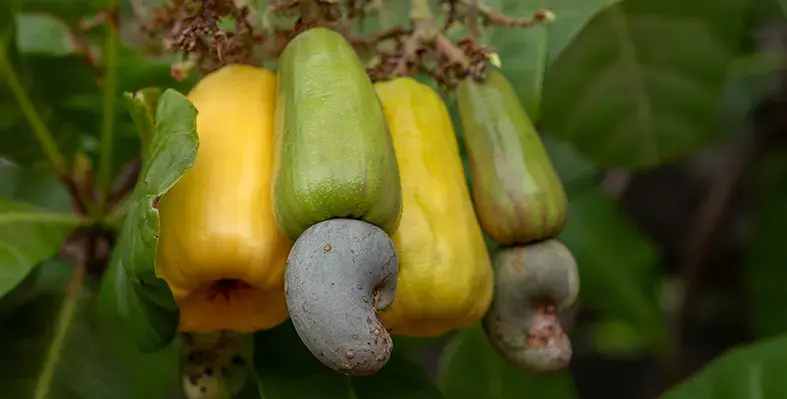The new system aims to connect Kenyan coffee farmers directly with buyers both locally and internationally.
In a decisive move to reform its coffee sector, Kenya is preparing to roll out its first digital platform for trading agricultural produce
The new system, designed as an online auction, aims to connect Kenyan coffee farmers directly with buyers both locally and internationally eliminating the need for middlemen and breaking the grip of cartels that have historically dominated the market.
Mutahi Kagwe, agriculture and livestock development cabinet secretary, made it clear that the government is determined to end long-standing market manipulation. He stated, “Marketing cannot be done the same way year after year and expect different results it’s madness.” Kagwe added that transitioning the auction process online will give global buyers direct access, increasing transparency and reducing the influence of intermediaries.
The pilot phase of the initiative will be launched through the Nairobi Coffee Exchange, a key player in the country’s coffee trade. The shift to digital trading is intended to open up Kenya’s coffee market to broader global competition and restore trust among international buyers. Kagwe highlighted that this modernisation could reinvigorate a sector whose earnings have dropped sharply from a peak of US$100bn to just US$40bn last year. He cited low yields, poor management, and exploitative intermediaries as major factors behind the decline.
To tackle these challenges, the government is rolling out a robust revival programme that includes increasing coffee acreage, improving productivity, and deploying agricultural extension officers. The goal is to increase per-tree yields from 3 kg to 30 kg, drastically enhancing output at the farm level.
Wycliffe Oparanya, cabinet secretary for Cooperatives and MSMEs, revealed plans to triple Kenya’s coffee production from 50,000 metric tonnes to 150,000 metric tonnes within three years. Already, 22 counties are participating in the programme, and 1,176 cooperative factories are being upgraded to process coffee more efficiently.
Ensuring that farmers benefit directly from their labour is also a priority. Through the new Direct Settlement System (DSS), operated by Cooperative Bank, 80% of coffee sales revenue now goes straight to farmers. Over 200 cooperatives have already been enrolled in the scheme.
At the international level, Kagwe announced that Kenya will present proposals at the World Food Forum in Rome, calling for more autonomy and fairer trade terms for African coffee producers. With its digital auction platform and sector-wide reforms, Kenya is aiming to build a transparent, farmer-first coffee industry that rewards productivity and integrity.








